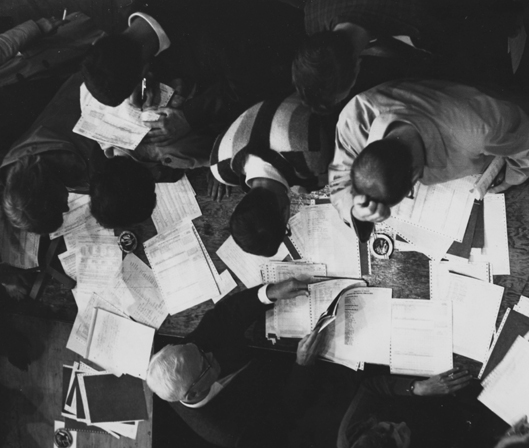One of key strategies for protecting personal information is ensuring that we are not unnecessarily keeping records with confidential or sensitive information. These are records that no longer have a business, legal, financial, or historical value and that should be destroyed. These records provide no benefit, only risk.
Determining when records can be destroyed, what records need to be keep, and what records need to be preserved for the life of the institution can often be a complicated task. The most important tool at Tufts for helping people determine what to keep and what to destroy is the general Records Retention Schedule. This policy, administered by the Digital Collections and Archives, lists types of records and defines how long to keep records and what one should ultimately do with those records.
Some important characteristics of the Records Retention Schedule:
- It describes 50 types of records that are organized into ten categories.
- It is format neural and applies to electronic, paper, and microform records.
- It is a general policy that describes how long to keep and what to ultimately do with records; it does not get down to the details of how a particular office should manage and store its records. The policy provides a framework for managing people's records, it does not manage your records for you.
- It applies to the entire University. Some schools and departments have their own records retention schedule or records policy that gives them more detailed information about retaining their records. If a division, school, or department wants to create a specific records schedule for itself, it should consult with the Digital Collections and Archives. These schedules should not conflict with the general Records Retention Schedule.
- It identifies many types of records that have enduring value that should be permanently retained. These records, both paper and electronic, can be transferred to the Digital Collections and Archives for enduring preservation. See the transfer instructions for more details.
Using the general Records Retention Schedule to destroy records comes with a very important caution: Do not follow the Records Retention Schedule to destroy records that are currently part of–-or you are aware that they are going to be part of-–any legal action or proceeding, litigation, audit, investigation, or review. For more information, see the Subpoenas for University Records Policy.
People who have identified records that they should destroy can also consult the guidelines on Confidential Records Destruction.
If you have questions about interpreting the general Records Schedule or developing a schedule specific to your division, school, or department please contact Eliot Wilczek, University Records Manager (eliot.wilczek@tufts.edu | 6-2439).








